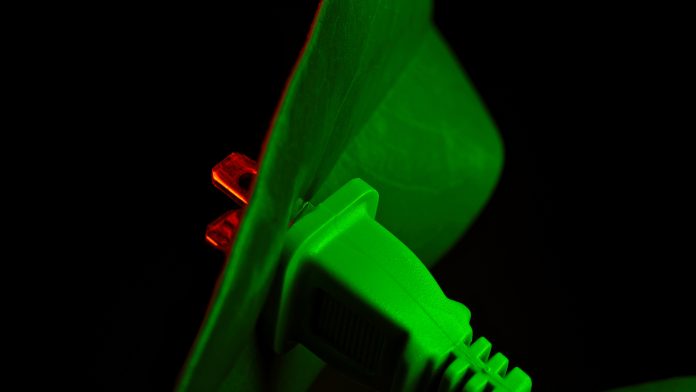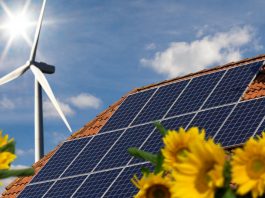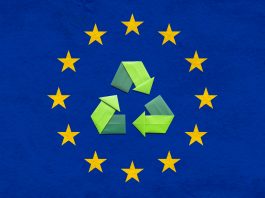A team of scientists are developing innovative techniques that utilise photosynthesis to harness solar energy, creating new methods of energy storage.
As part of their Horizon 2020 programme, the EU have created A-LEAF and SoFiA. These two novel projects are aiming to realise the full potential of solar energy, investigating the method of artificial photosynthesis to devise new strategies for energy storage, as Europe strives to become the carbon-neutral continent set out in the European Green Deal.
The biochemical process of photosynthesis is crucial to life as we know it on Earth; the oxygen and carbohydrates that a myriad of living organisms require for survival are produced by plants and algae that use the process to transform CO2 and water into energy they need to grow.
Despite photosynthesis occurring so abundantly on Earth, recreating the simple process to suffice our own substantial energy demands is one of humanity’s most paramount challenges of the 21st century. Although science has successfully produced solar cells that are proficient in converting solar energy into electricity, harnessing our Suns full potential to store significant amounts of energy still evades us.
Today, the majority of our power comes from fossil reservoirs, a finite solution to an infinitely terrifying problem; what do we do when they run out? Not only are they a limited source, but their impact on our environment is also severe, emitting substantial amounts of greenhouse gases into the atmosphere that exacerbates global warming.
Realising the unlimited power of solar energy could completely transform the landscape of how we fuel the Earth, from industry and transport to simply charging our devices, solar energy could provide a limitless source of green energy that can help us achieve a carbon-neutral future.
A-LEAF
The A-LEAF project is led by the Institute of Chemical Research of Catalonia (ICIQ) and will be an artificial photosynthesis platform that will turn solar energy into chemical energy based on a photo-electro-catalytic (PEC) cell– an artificial leaf. The project will achieve this by using solar energy to transform water and CO2 into oxygen and organic matter (methanol and methane). These organic materials will be utilised as fuel, extracting their stored energy from their recombination with oxygen, turning them back to water and CO2 to create an environmentally neutral closed cycle.
SoFiA
Uppsala University will lead the SoFiA project, where they will employ the use of CO2 filled soap bubbles to create renewable solar energy through photosynthesis. Their thin surface membrane works as a catalyst for the chemical reaction between CO2 and sunlight, which is enveloped by the bubble, consequently converting the CO2 into fuel.
Both of these projects pose an exciting prospect for capturing the full potential of solar energy, achieving the carbon-neutrality outlined in the European Green Deal, and ending our dependence on fossil fuels.









